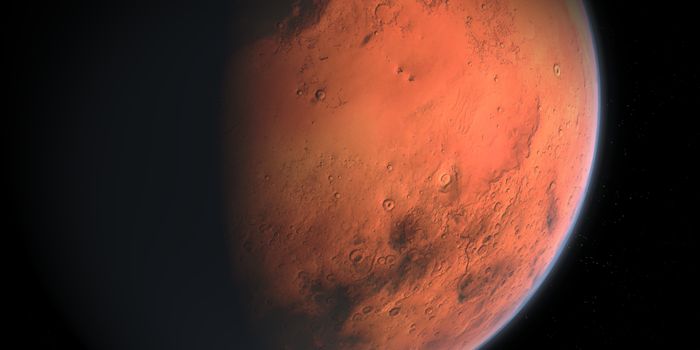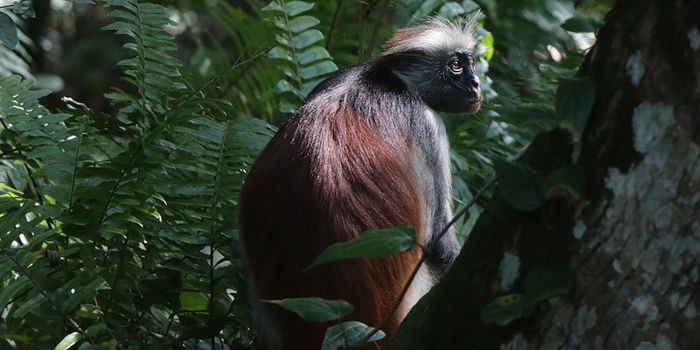Everything You Need to Know About the Lunar Cycle
Whenever you look up at the sky at night, you'll see a bevy of stars from distant stellar systems. On the other hand, you might also see the Moon, depending on how well illuminated it is by the Sun's reflected light.
The Moon goes through something known as the Lunar Cycle, which is a repetitive series of phases that alternate every 29.5 days. Most people are familiar with the terms Full Moon and New Moon - when the Moon is most visible or least visible respectively - but several stages exist in between these.
One might also refer the Moon as waning or waxing, depending on whether the lit surface of the Moon is shrinking or growing. As time passes after a New Moon, our natural satellite exhibits the following phases:
• After ~4 days: waxing crescent
• After ~7 days: first quarter
• After ~10 days: waxing gibbous
• After ~14 days: full
• After ~18 days: waning gibbous
• After ~22 days: third quarter
• After ~26 days: waning crescent
• After ~29 days: new
Regarding what causes the Lunar Cycle to happen, the Earth essentially casts a shadow on the Moon depending on its position relative to the Moon and Sun. Positions are continuously changing as the Moon orbits the Earth and the Earth orbits the Sun; therefore, the cycle repeats itself.








